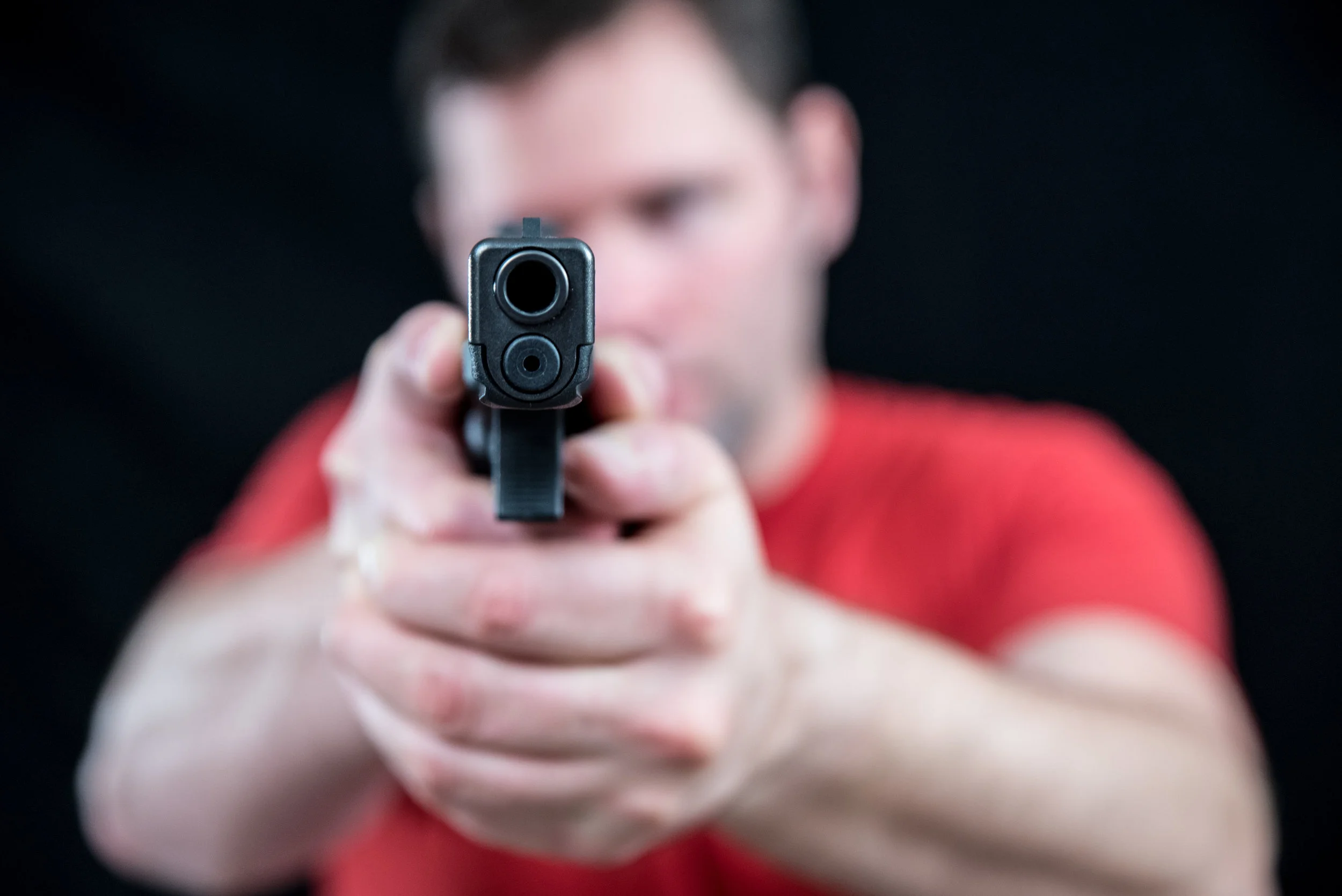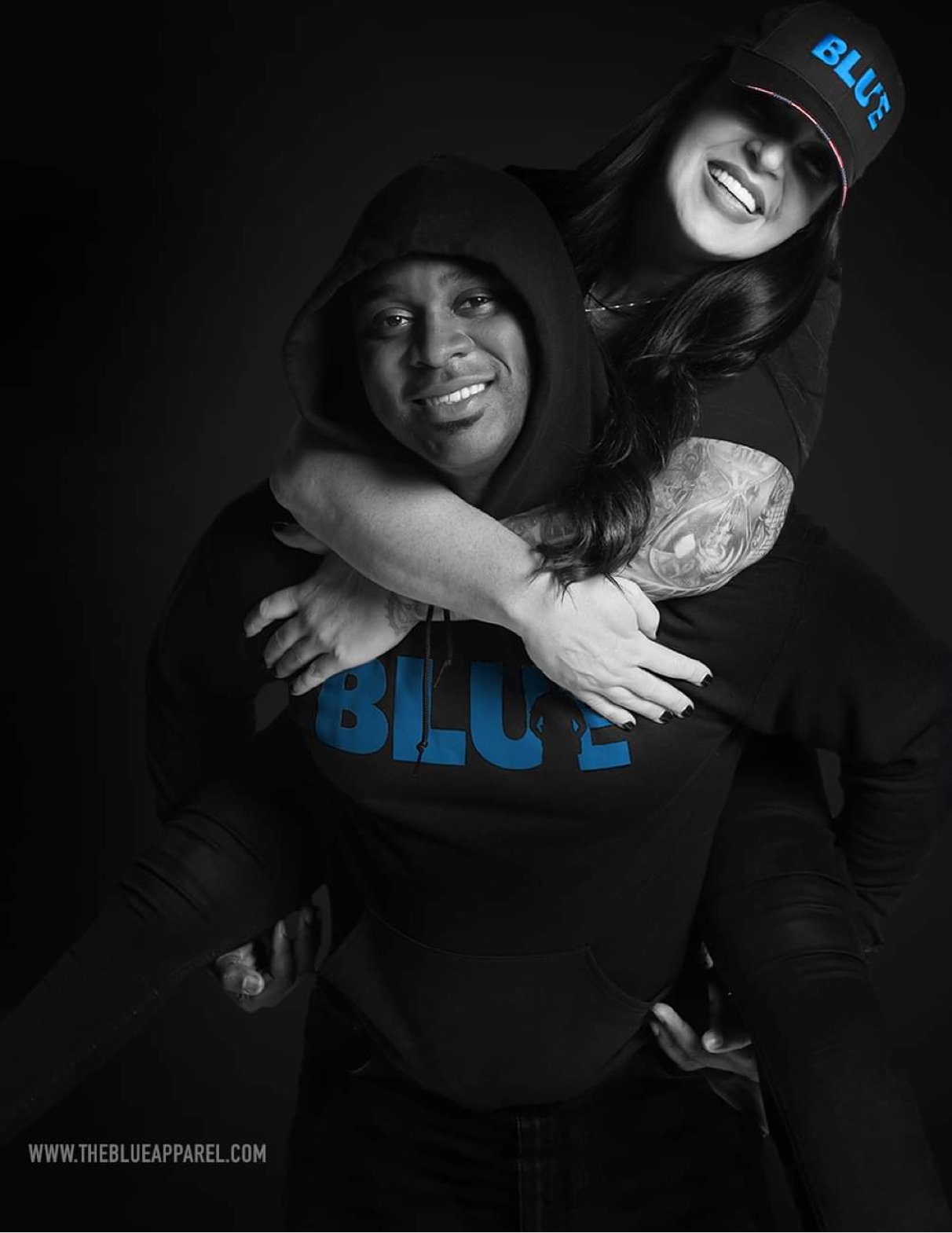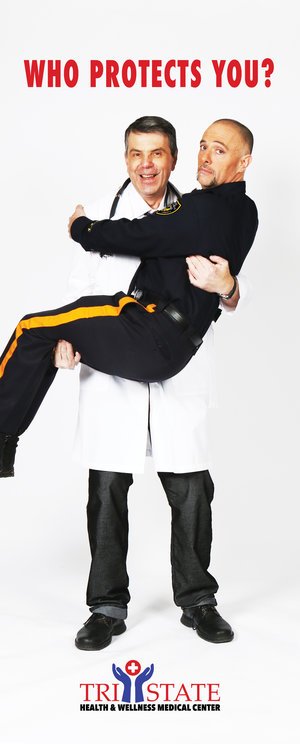Active Killer Coming Soon
By Lt. Anthony Espino, Chief Joel Gordon (Ret,) and Lt. Joseph Pangaro (Ret.)
“We must reject the idea that every time a law’s broken, society is guilty rather than the lawbreaker. It is time to restore the American precept that each individual is accountable for his actions.” - Ronald Reagan
900 seconds. 15 minutes.
That is the longest approximate time an active killer event lasts--many are over in four minutes. In that short period, whoever is going to die most likely will and whoever is going to live will do so if they can survive the harrowing 15 minutes between life and death. What has this world come to?
Who will be the next victim of an active killer is often unknown. Lunatics lash out in seemingly peaceful communities, routinely surprising everyone. Why? Because we mistakenly believe active killer incidents happen in other people’s backyards, and therefore, prepare little and deny much. This shouldn’t be the case because the list of potential soft targets is endless. Thus, any place where people assemble must be prepared for an active killer situation. It’s our best defense at this moment while we analyze what is going on with these events and why they are increasing.
With each report of a mass shooting at a school, place of worship, concert, gaming competition or other venue, the often-politicized issue of gun control becomes front and center during seemingly nonstop news coverage. The mainstream media, many activist groups, pundits and (self-identified) “progressive” politicians insist each time that guns are the problem. The availability of firearms is portrayed as the primary contributing factor for a rise in mass shooting incidents.
However, it remains true that guns don’t kill people any more than automobiles, knives or other objects do. It is the person in possession and control of any object who bears responsibility for the results of its use.
We cannot ignore statistics because they help us understand what happens when a killer attacks a school, religious facility or other public place. The data helps us to anticipate who we might be looking for and helps us recognize any potential sign of violence before it erupts. For example, the data reveals that 96% of shooters are males acting alone.
An FBI study of active shooters over a 13-year period was released in the summer of 2018. The 30-page report studied 63 active shooters from 2000-2013. The FBI’s objective was to examine specific behaviors that may precede an attack and which might be useful in identifying, assessing, and managing those who may be on a path toward deadly shooting.
The study revealed that active shooters generally had a limited history of adult convictions for crimes. The majority used legally purchased guns and had a history with the site that they attacked. Out of the 63 shooters studied, only 16 of the shooters in the study were previously diagnosed with mental health issues.
The FBI sought to identify breaking points that potential shooters may have in common to help recognize a possible mass shooter. The stressors noted include mental health issues, financial problems, marital problems, drug abuse and conflict with one or more family members or at work or school.
“What emerges is a complex and troubling picture of individuals who fail to successfully navigate multiple stressors in their lives while concurrently displaying four to five observable, concerning behaviors, engaging in planning and preparation, and frequently communicating threats or leaking indications of intent to attack … and if recognized and reported may lead to a disruption prior to an attack,” the study said.
Since those responsible most often give pre-attack warnings shouldn’t our goal be to identify and subsequently isolate weapon possession by those individuals who can be reasonably deemed to be the “wrong people” at the “wrong time” instead of limiting and restricting weapons altogether?
“If you see something, say something” to intercept those individuals who appear at a breaking point and ready to act out. To merely point the blame at firearms and advocating attacking the Second Amendment is misplaced. We should spend our time trying to get to the root of the problem while demanding preparation and response training. This must be at the forefront in the thoughts of those in positions to lead our men and women of law enforcement. If not, the old saying, “It can’t happen here” will continue to cost us significantly in lives lost.
Preparation, communication and notification will increase one’s odds of surviving an active killer event. Preparation requires us to train realistically, under stress, and with as many officers and civilians as possible. When we train at soft targets, we must use scenarios that challenge potential victims to recognize the danger and make quick decisions on how to react. For example, do they know what to do, such as locking down or fleeing the building? Using role players is a great way to create a realistic training block for everyone involved.
Prompt communication when an active shooter attacks is paramount. We must be able to communicate with everyone in the building that there is a danger so that they can react quickly. Communications can take many forms: radios, cellular phones, intercoms, or other electronic notification systems. Whatever kind of communication is available should be used during practice sessions.
Notification to the additional responding police and other first responders must be immediate. This notification can take the form of phone calls, automatic dialer systems, cellphone apps, radios or other readily available equipment. As stated, these events typically are over within 15 minutes, so the faster we notify and get resources deployed, the more lives will be saved.
Another vital response concern is what can we do and what can we advise the students and staff of our schools and workplaces about actions they can take to keep themselves safe for the crucial 15 minutes and beyond during an active killer attack? This part of the response concerns hardening the places we choose to lock down. If you’re in an office or a classroom, simply closing and locking the door may not be enough. We should provide additional options such as covering the windows and barricading the doors and finally how to fight for their lives if they have no other choice.
In these types of life-threatening events, the ability to react quickly will depend on training and practice and recognition that TIME = LIFE.
Practicing and preparing with would-be targets in the community is a great way to keep everyone safe and to build bridges capable of sustaining pressure during stressful situations. After all, the relationship between police officers and the community should be harmonious. We all need to work together to combat the next active killer event. For as long as policing has been in existence, communities have relied on the police department to “protect and serve” and the police, in return, rely on support and cooperation from the community. When communication and trust deteriorate, tensions build between the community and police, therefore undermining goals that were set for a safer community. Training with the public is a great way to institute all the values of community policing while preparing would-be victims to survive an active killer attack. Every time we reach out to the community to work together to make the neighborhood safer is a win for everyone involved. We must be partners in safety.
We all have a role to play here—from the rookie patrolman to the department heads to community members—everyone must see the dangers of active killer events potentially happening in his or her backyard, and work to make sure that should a lunatic lash out, we all can respond appropriately and reduce the potential loss of lives. Preparation is key.
It is not enough to simply identify individuals who appear to fit the profile of a person nearing a breaking point toward possible active shooter activity. The community, courts, legislatures, medical and mental health professionals and law enforcement must devise and implement proactive protocols allowing isolation, evaluation and effective treatment for those who would harm us in a fit of rage.
Together we can.
We commend everyone who understands the dangers and whose heads are not buried in the sand — and train with the mindset that an active killer is coming soon.







